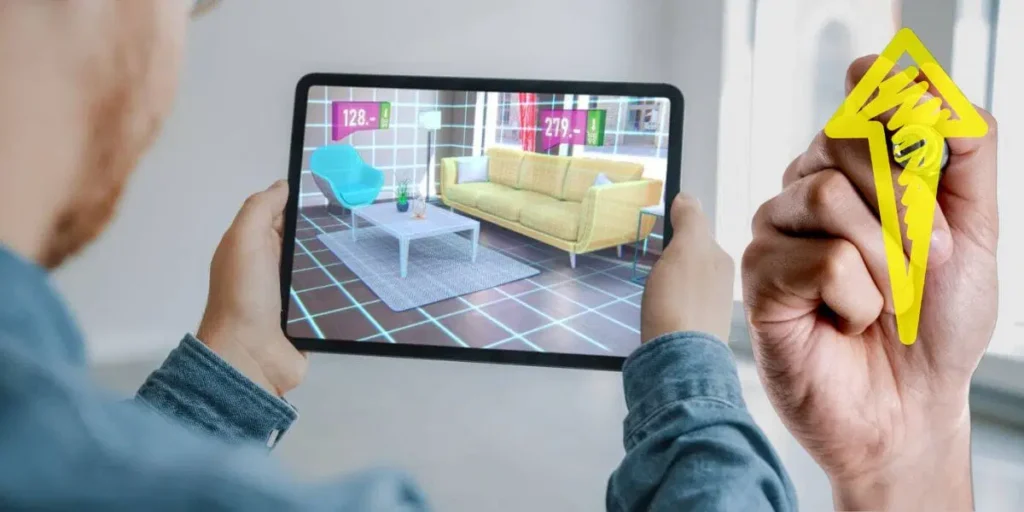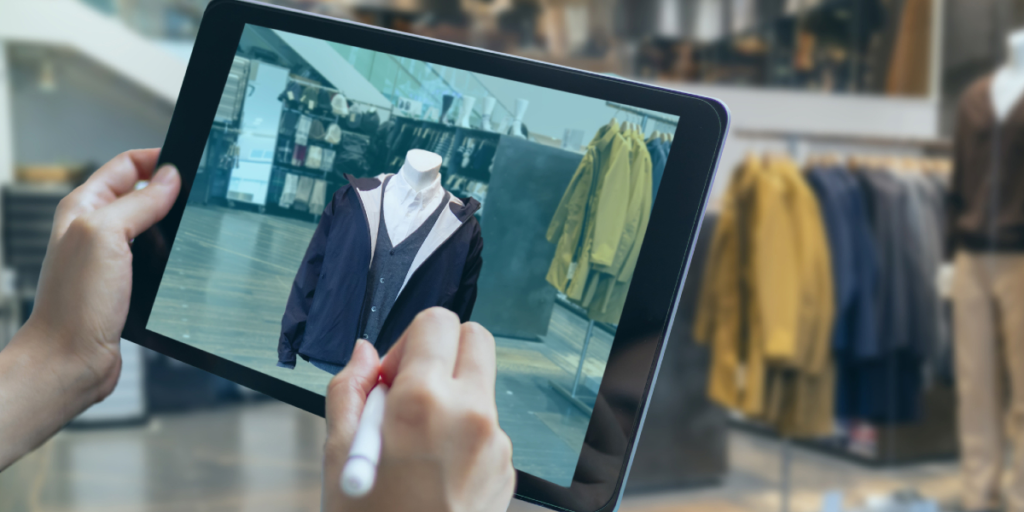Augmented reality advertising is redefining how brands connect with their audiences by blending the physical and digital worlds into one immersive experience. This cutting-edge marketing approach overlays computer-generated visuals, sounds, and interactive elements onto the real environment through devices like smartphones, AR glasses, or tablets. Unlike traditional static or video ads, augmented reality advertising creates dynamic interactions that allow consumers to engage directly with products or brand stories. This deeper level of involvement not only grabs attention but also fosters memorable experiences that strengthen brand recall. As consumers demand more engaging and personalized marketing, 3D overlay advertising stands out as a powerful tool to break through the clutter of conventional digital promotions.
The Growing Popularity of Augmented Reality Advertising
Over the past few years, 3D overlay advertising has evolved from a niche concept into a mainstream marketing strategy embraced by global brands. The rapid adoption of smartphones with AR capabilities, advancements in AR software, and increasing consumer appetite for interactive content have driven its growth. Placing augmented reality advertising in the middle of digital marketing campaigns allows companies to offer engaging product demonstrations, virtual try-ons, and immersive storytelling experiences that traditional ads cannot match. From beauty brands letting customers see how makeup looks on their face to furniture companies enabling shoppers to visualize items in their homes, AR advertising delivers value by merging utility with entertainment.
How Augmented Reality Advertising Works
Augmented reality advertising operates by using AR-enabled applications, web-based platforms, or social media filters to overlay digital content onto a user’s real-world surroundings. The process begins when a user scans a QR code, taps on an ad, or activates an AR experience through a brand’s app or social media page. By placing 3D overlay advertising in the middle of the customer’s interaction, the technology uses device cameras and sensors to recognize surfaces, objects, or facial features and integrate virtual elements seamlessly. This creates interactive scenarios where users can manipulate objects, explore 3D models, or experience branded animations, leading to a more engaging and personalized encounter than passive ad formats.
The Role of Technology in Augmented Reality Advertising
Technology is the backbone of augmented reality advertising, enabling the creation of realistic and interactive digital overlays. AR relies on computer vision, spatial mapping, and motion tracking to align digital elements accurately with the physical world. Placing 3D overlay advertising at the heart of this technological ecosystem requires the use of advanced software development kits (SDKs), cloud-based rendering, and artificial intelligence to ensure smooth, responsive interactions. Popular platforms like ARKit by Apple, ARCore by Google, and Spark AR by Meta allow developers to create high-quality AR experiences across devices. As 5G networks continue to expand, faster data speeds and lower latency will further enhance AR ad performance, making real-time interaction more fluid and lifelike.
Benefits of Augmented Reality Advertising for Businesses
For businesses, augmented reality advertising offers a unique combination of engagement, differentiation, and conversion potential. AR campaigns capture attention by offering interactive experiences that stand out in crowded advertising spaces. By placing 3D overlay advertising in the middle of their marketing strategies, companies can demonstrate product features in ways that static images or videos cannot, increasing consumer confidence and purchase intent. AR ads also generate buzz on social media, as users are more likely to share their immersive experiences with friends and followers. Additionally, by tracking user interactions, businesses gain valuable insights into customer preferences, helping refine future campaigns for even greater impact.
Benefits of Augmented Reality Advertising for Consumers

From the consumer’s perspective, augmented reality advertising provides an enjoyable and informative way to interact with brands. It transforms passive viewing into active participation, allowing users to explore products in a hands-on manner before making a purchase. By placing 3D overlay advertising at the center of their engagement, brands give consumers the opportunity to virtually try on clothes, preview furniture in their living space, or see how a car’s features operate—all without leaving their home. This interactive format not only builds trust but also makes the decision-making process more efficient. Consumers appreciate the convenience, personalization, and novelty that AR brings to the shopping experience.
Challenges in Implementing Augmented Reality Advertising
While the potential is vast, implementing 3D overlay advertising comes with its own set of challenges. Developing high-quality AR experiences requires specialized skills, advanced software, and significant investment in creative and technical resources. Placing 3D overlay advertising in the middle of brand strategies demands careful planning to ensure that the technology enhances rather than overwhelms the message. Additionally, not all consumers have devices capable of running advanced AR features, which can limit reach. There is also the challenge of ensuring a seamless and intuitive user experience, as overly complex interactions may frustrate users. Measuring the success of AR campaigns can also be more complex than tracking traditional ads, requiring new metrics and analytics tools.
Best Practices for Effective Augmented Reality Advertising
To maximize the impact of augmented reality advertising, brands should focus on creating experiences that are both engaging and relevant to their target audience. Clear objectives, such as boosting sales or increasing brand awareness, should guide the creative process. By placing 3D overlay advertising at the core of these campaigns, marketers should ensure that the AR content provides genuine value—whether through entertainment, education, or utility. The design should be intuitive, with easy-to-follow instructions so users can quickly access and enjoy the experience. Testing the AR experience across multiple devices is essential to ensure broad compatibility. Integrating social sharing features can also amplify reach and encourage organic promotion.
Examples of Successful Augmented Reality Advertising Campaigns
Many brands have already demonstrated the power of augmented reality advertising through innovative campaigns. IKEA’s AR app lets customers visualize furniture in their homes, helping them choose the right size and style before buying. By placing 3D overlay advertising in the middle of their product discovery journey, beauty brands like L’Oréal allow users to try on makeup virtually, boosting online sales. Pepsi’s AR bus shelter campaign surprised passersby with realistic animations of UFOs and tigers appearing on the street, creating a memorable and shareable experience. These examples highlight how AR can blend creativity, utility, and entertainment to create lasting impressions.
Future Trends in Augmented Reality Advertising
The future of augmented reality advertising promises even more immersive and personalized experiences. As AR technology evolves, hyper-realistic graphics, AI-driven personalization, and integration with wearable devices like AR glasses will become more common. Placing 3D overlay advertising in the middle of innovations such as holographic projections and mixed reality environments will blur the lines between digital and physical experiences. Location-based AR ads will target users based on their surroundings, while advancements in gesture recognition will make interactions more natural. The continued growth of the metaverse may also expand opportunities for brands to create AR experiences that merge seamlessly with virtual worlds.
Conclusion
Augmented reality advertising has emerged as a game-changing approach that combines creativity, technology, and consumer engagement in unprecedented ways. By blending the real and virtual worlds, it offers interactive, memorable experiences that enhance brand storytelling and drive conversions. Placing 3D overlay advertising at the center of modern marketing strategies allows businesses to differentiate themselves, provide value to consumers, and collect valuable behavioral insights. While challenges such as technical requirements and device limitations remain, ongoing advancements in AR technology are making it more accessible and effective. As consumer expectations for immersive and personalized content continue to grow, 3D overlay advertising will play an increasingly important role in shaping the future of digital marketing.
















